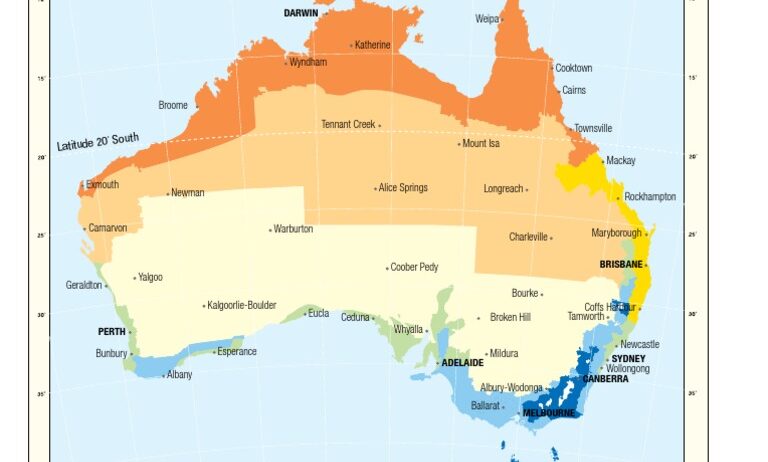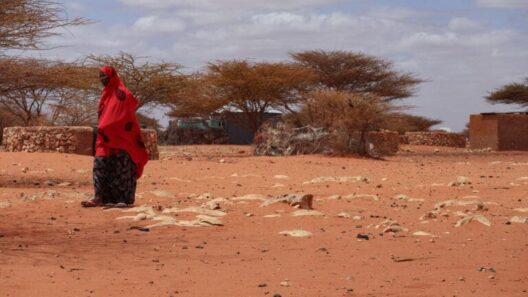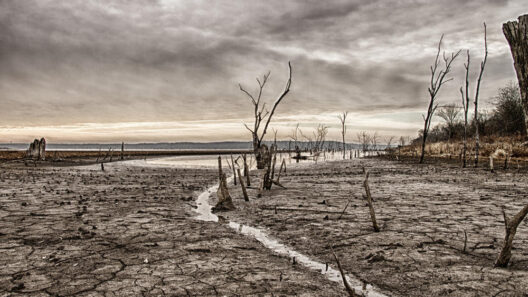Understanding the climate zone you inhabit is not merely an academic exercise; it carries profound implications for your lifestyle, agricultural practices, energy consumption, and even health. With climate change enveloping the globe, the urgency of grasping your local climate characteristics has intensified. This piece endeavors to elucidate the concept of climate zones, provide essential information to determine your climate zone, and highlight the consequences of these classifications.
Climate zones are classifications that encapsulate the distinctive weather patterns of a given region. They offer a framework to decipher the prevailing conditions, including temperature, precipitation, and seasonal changes—elements vital in determining how ecosystems function and how humans adapt. As you survey your surroundings, you might ponder: why do certain regions consistently exhibit specific weather phenomena while others do not? This curiosity often extends beyond mere observation, igniting an interest in the intricate interplay between latitude, altitude, and ocean currents.
The classification of climate zones is principally governed by two prominent models: the Köppen climate classification and the Thornthwaite system. The Köppen system, devised in the early 20th century, remains one of the most widely utilized. It divides the world into five principal climate groups—tropical, dry, temperate, continental, and polar—each further subdivided based on temperature and precipitation patterns. Understanding where you fit within this schema can yield insights about your environment and the potential impact of climate change.
To identify your climate zone, consider the following steps:
- Research Geographical Location: Begin with your latitude and longitude. Generally, the closer you reside to the Equator, the warmer your climate tends to be. Conversely, polar regions experience frigid conditions. This geographical positioning dictates the solar radiation received, profoundly influencing temperature year-round.
- Evaluate Temperature Patterns: Note the average temperatures in your area throughout the year. Temperature patterns can indicate whether you experience a tropical, temperate, or polar climate. For instance, regions with minimal temperature variation typically classify as tropical.
- Analyze Precipitation Levels: Examine how much rain or snow your locality receives. Arid regions fall under the dry climate category, while areas with significant yearly precipitation may identify as tropical or temperate. The distribution of rainfall across seasons can also provide clues; some areas may experience dry seasons and wet seasons distinctly.
- Consider Elevation and Proximity to Water Bodies: Elevation plays a crucial role in climate. Higher altitudes often experience cooler temperatures. Furthermore, being near oceans or large lakes can mitigate temperature fluctuations, resulting in milder conditions.
Climate zones are not uniform; they can encompass a myriad of microclimates that develop due to variables such as terrain, vegetation, and urban development. For instance, a coastal city may have a moderate maritime climate, while the interior regions may be subject to extremes in temperature. Exploring these nuances can deepen your appreciation for the dynamic nature of climate and its direct repercussions on biodiversity and human activity.
The fascination with climate zones extends into agriculture, where understanding local climate conditions can dictate planting and harvesting schedules. Farmers must know their climate zones to select crops that are not only well-suited to the prevailing conditions but also resilient against climate fluctuations. In the age of climate change, this knowledge becomes increasingly imperative as traditional growing zones evolve and pests may become more prevalent.
Climate zones also influence energy consumption patterns. Regions characterized by prolonged winters might require extensive heating, while areas with scorching summers might focus on cooling solutions. Recognizing this can assist in making informed decisions regarding energy efficiency and sustainability practices within households and communities.
It’s vital to understand that climate zones can shift over time due to global warming. The intersections of human activity and natural systems create a complex tableau. As greenhouse gas emissions rise, polar ice caps melt, altering ocean currents and consequently, weather patterns. Regions formerly deemed temperate may face intense drought or unprecedented rainfall, rendering climate adaptation strategies critical for sustaining food security and overall ecosystem health.
Adaptation to shifting climatic conditions requires a collective effort. Communities must engage in discussions about sustainable practices that minimize environmental impacts while preserving resources for future generations. Governments, too, bear the responsibility of instituting policies that address these changes, fostering resilience in communities and ecosystems alike.
Ultimately, your climate zone is more than a mere geographical identifier; it serves as a window into the complex interactions that define our planet’s atmosphere. By understanding your local climate conditions, you become equipped with the knowledge necessary to make informed decisions regarding personal choices, community engagement, and advocacy for proactive environmental policies. In an era defined by climate change, the significance of this understanding cannot be overstated.
As we stand at the crossroads of environmental challenges, recognizing the fabric of your climate zone empowers you to contribute to the dialogue on climate action. Acknowledging the consequences of climate zones not just for you, but for the entire biosphere, enriches your connection to our shared environment. Ultimately, inhabiting a climate zone carries with it an invitation to engage more deeply with the world, prompting a commitment to stewardship of the planet for the generations yet to come.







